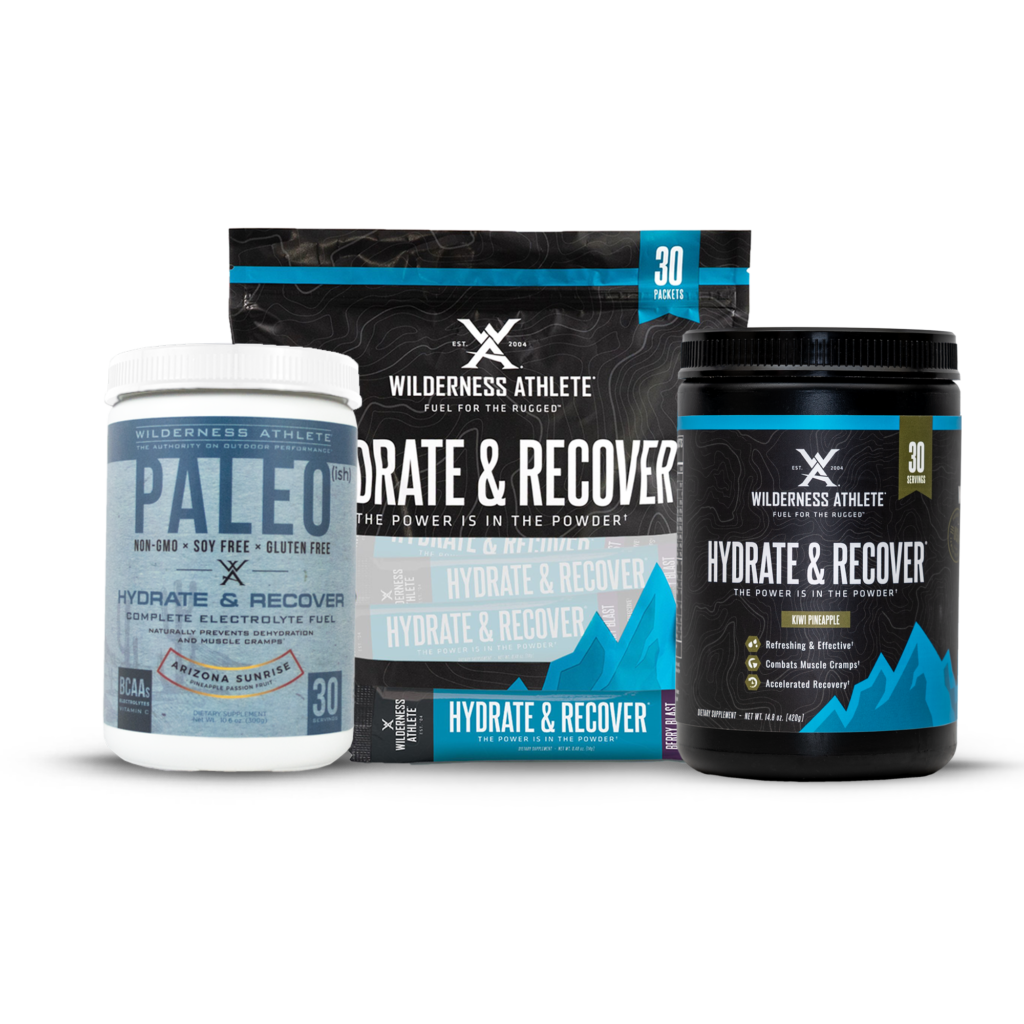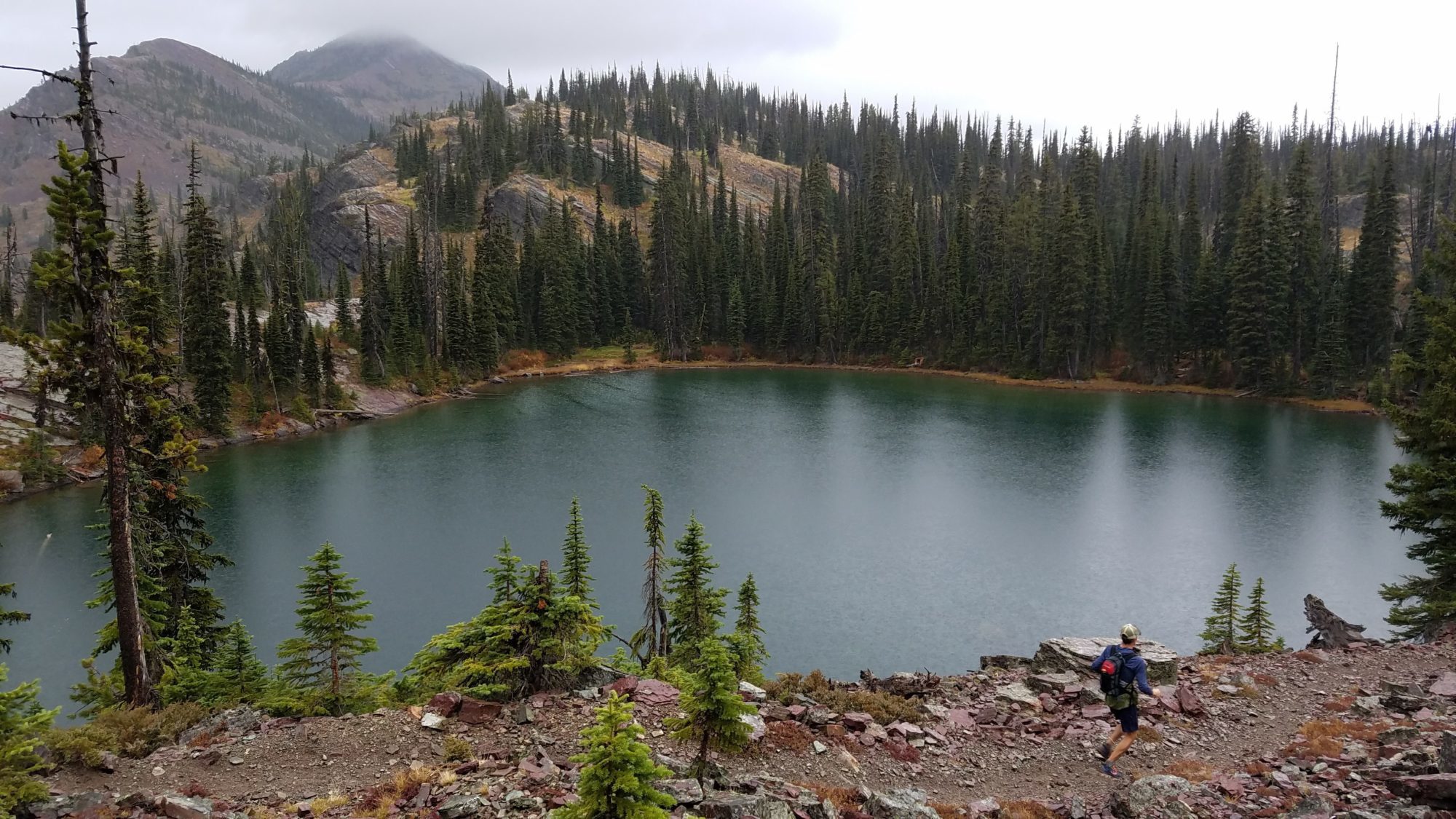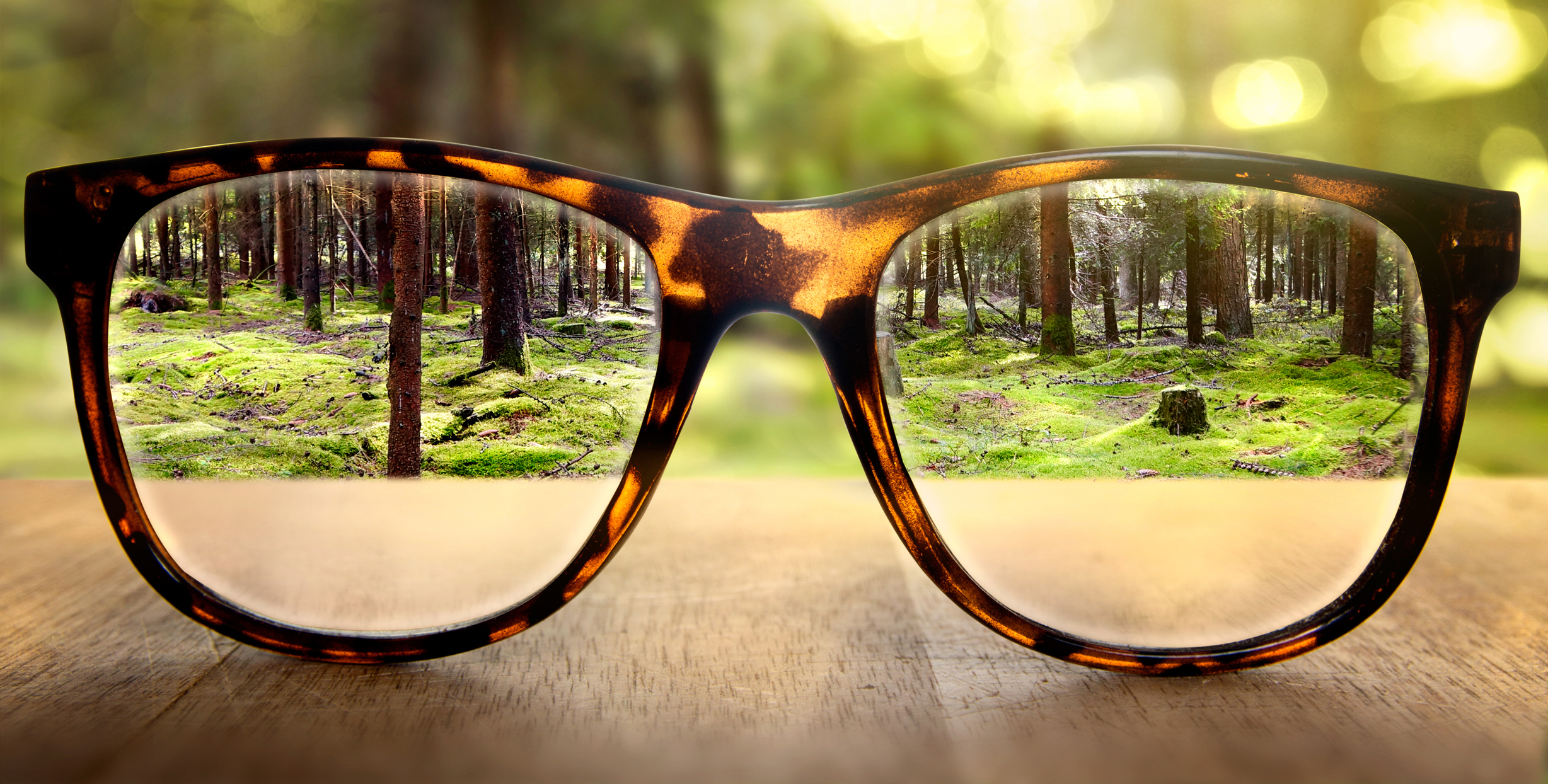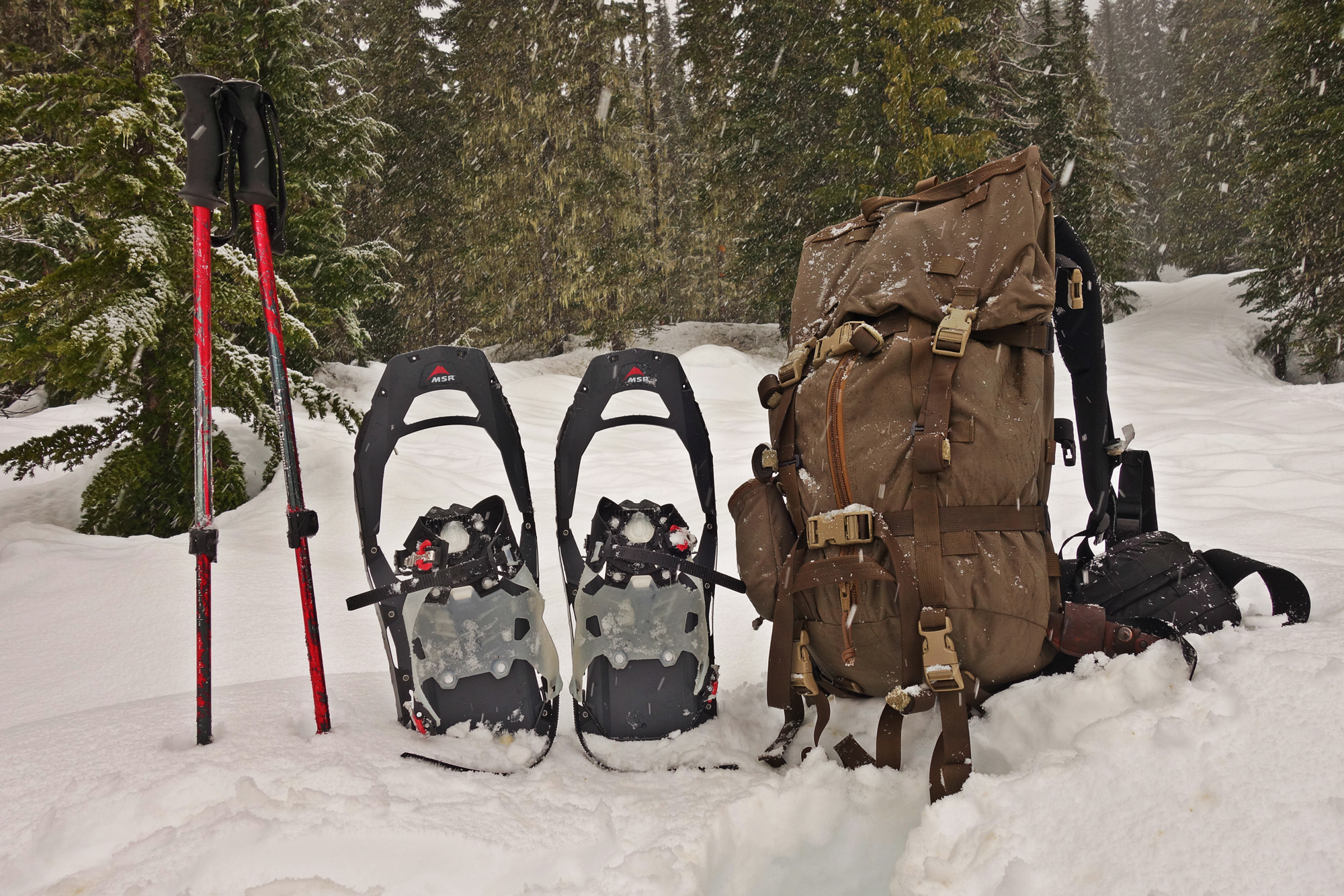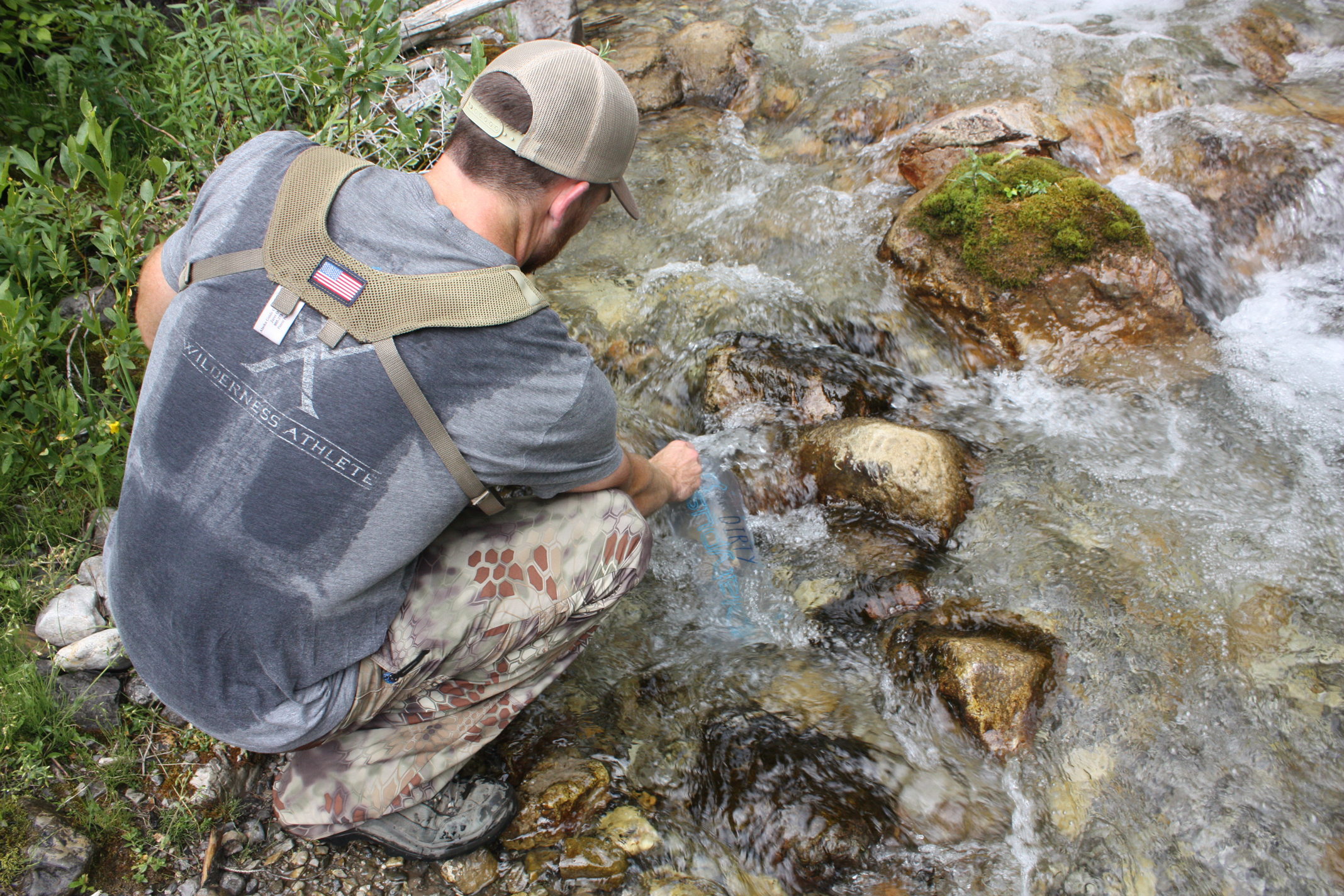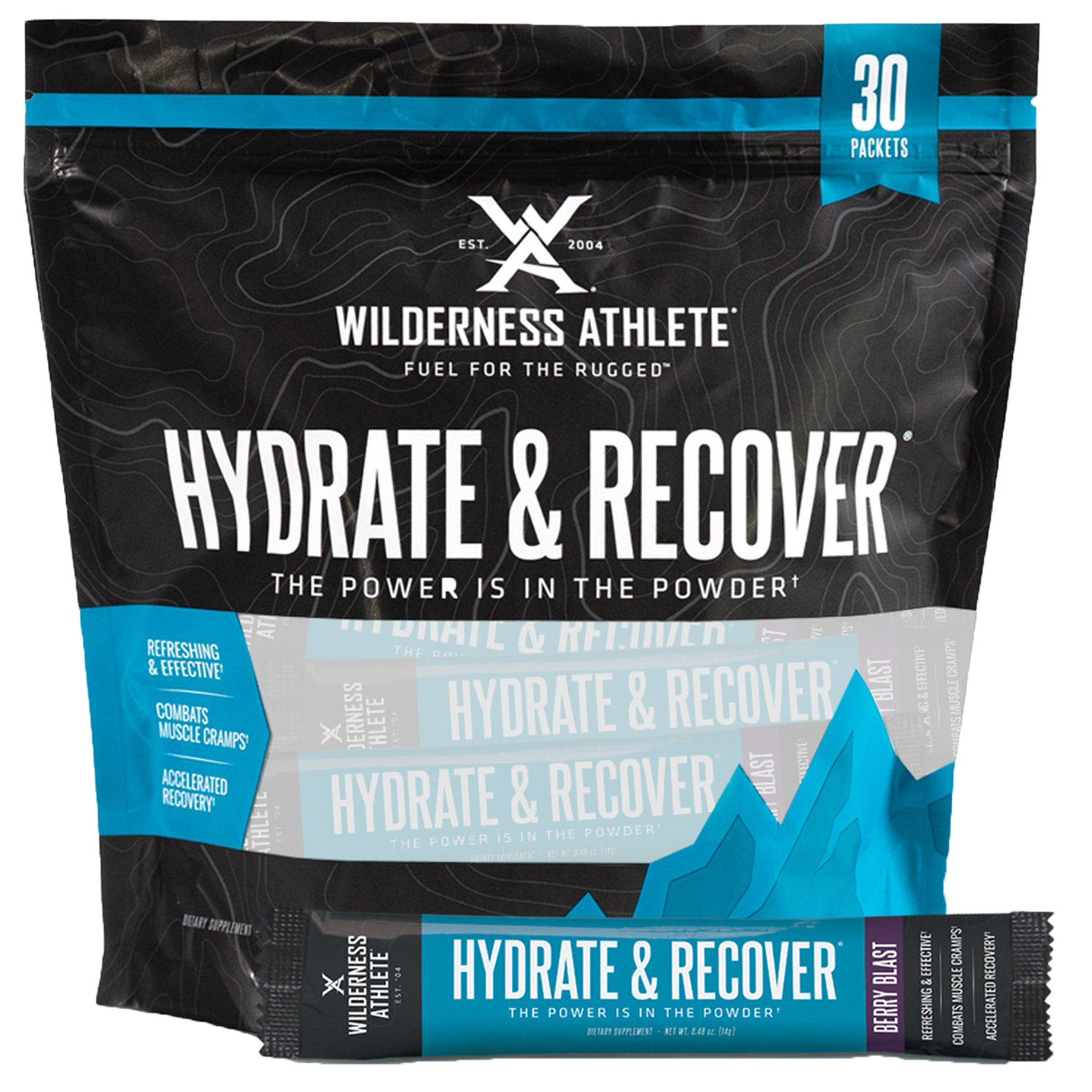When It Freezes Over
Written By: Kristy Titus
Featured In: Western Hunter Magazine Jan/Feb Issue
The wind tore at my face – it was 15 degrees and even colder yet atop my snowmobile. Snow fell all throughout the day, stopping just in time for the hunt. The conditions were perfect to search for bobcats on the move.
The track cut across the road and was red hot – as fresh as they come. The hounds were eager for the chase, and Dane, Rooster, and Fletcher’s tails were twirling on track. They would note striking scent with the change in their bark, the sound becoming unmistakable when they barked “treed”.
The cold mountain air bit through my lungs as we climbed up high toward the sound of the hounds. The sky was gloomy and dark, and the rocks were slick underfoot, covered in a dusting of snow. We followed in the tracks of the hounds to find the bobcat perched high on a rock face. The hounds had once again done their job and brought us to our quarry.
Dehydration is Real, and Can Be Sneaky
Hunting in cold weather brings its own set of challenges that can seriously affect our health. The combination of cold weather, altitude, and physical exertion that is found in many of our cold weather hunting pursuits can increase the likelihood of dehydration. That cool crisp mountain air that we breathe can be very dry, and forcing your body to work harder to both warm up your breath and humidify it, therefore escalating dehydration of the body. With it being cold, it also doesn’t enter your mind as often that you need to drink.
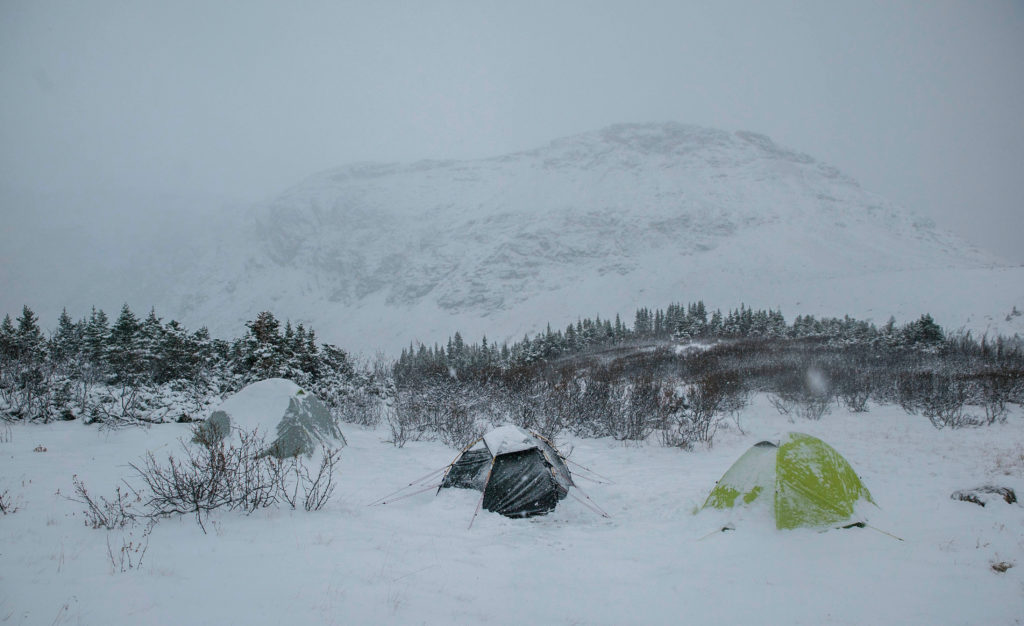
Symptoms of dehydration in cold weather are thirst, flushing of the skin, dry mouth and lips, thick saliva, and dark urine. Constipation is often blamed on processed meals that we may be consuming in the backcountry, when in reality it could actually be a symptom of dehydration. Other often overlooked symptoms of dehydration are headache, confusion, fatigue, and even muscle weakness. Approximately 80% of people suffering from dehydration have increased back and joint pain. Dehydration is serious and it can lead to increased heart rate due to reduced blood volume, and potentially a heart attack.
Western big game hunters have grown to understand how important dressing in layers is for body temperature management. When we are hiking, we strip layers to avoid overheating and sweating; when we sit to glass, we add the layers back to retain as much body heat as possible. It’s a constant balance of not enough and too many clothes. Maintaining this balance in cold weather is important, because studies have shown that when your body gets cold, your blood supply is moved toward its core – away from your skin – causing your brain to not as effectively detect the onset of dehydration. This fact makes keeping the core temperature of your body warm important in cold weather.
We may not notice sweating as much during cold weather, but the amount of sodium that is lost within our sweat is greatly increased, which makes it very important to replace lost vitamins, minerals, and electrolytes with more than just plain water. Adding Wilderness Athlete Hydrate and Recover to your water will keep your body properly balanced while the isotonic formulation ensures that those needed nutrients are rushed to your muscles and organs where they are needed most, combating dehydration, electrolyte and mineral loss, and muscle cramping before they begin.
When it’s cold outside, we simply don’t feel thirsty, so we don’t drink as much. That holds doubly true when you’re cold, because drinking something cold adds a secondary chill to your body that is oftentimes unwelcomed.
Bringing along a small stove such as the MSR Pocket Rocket and a pot is a great way to heat up water and enjoy a warm drink or soup, which will keep your body core temperature more stable in the cold while increasing hydration levels.
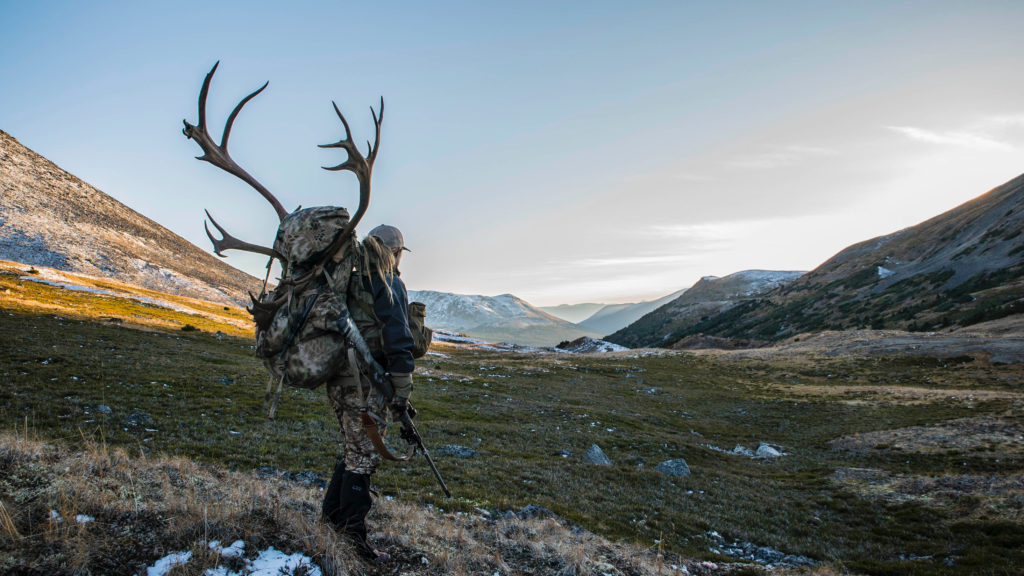
If you enter the field in an already dehydrated state, you may be putting yourself at risk for hyperthermia or heart attack. Before you go afield, hydrate up. Getting enough water can be a challenge, so drink up whenever you can. Start carrying around a water bottle and note how much you’re drinking, and drink even when you don’t feel like it. Pay attention to how much water that you’re consuming. On a regular day without a mountain trek, you should be drinking at least three quarts of water. On days where you are taxing your body with high-intensity treks, double that amount.
Before you hit the mountain, power down a big glass of pre-workout like Brute Force to supercharge your trek and give you a mental boost while boosting your hydration levels. When you return to camp, warm back up and relax from the day with a hot glass of herbal tea.
Proper hydration during cold weather will increase your health and keep you performing at your best. Drink up!
*These statements have not been evaluated by the Food and Drug Administration. This product is not intended to diagnose, treat, cure, or prevent any disease.


